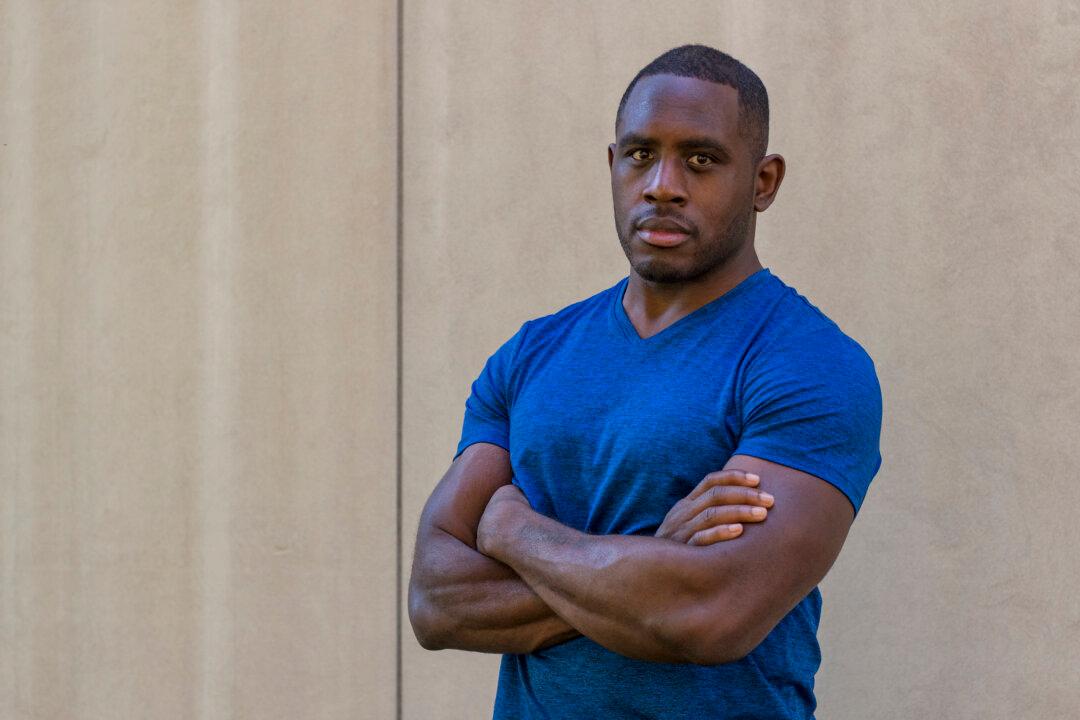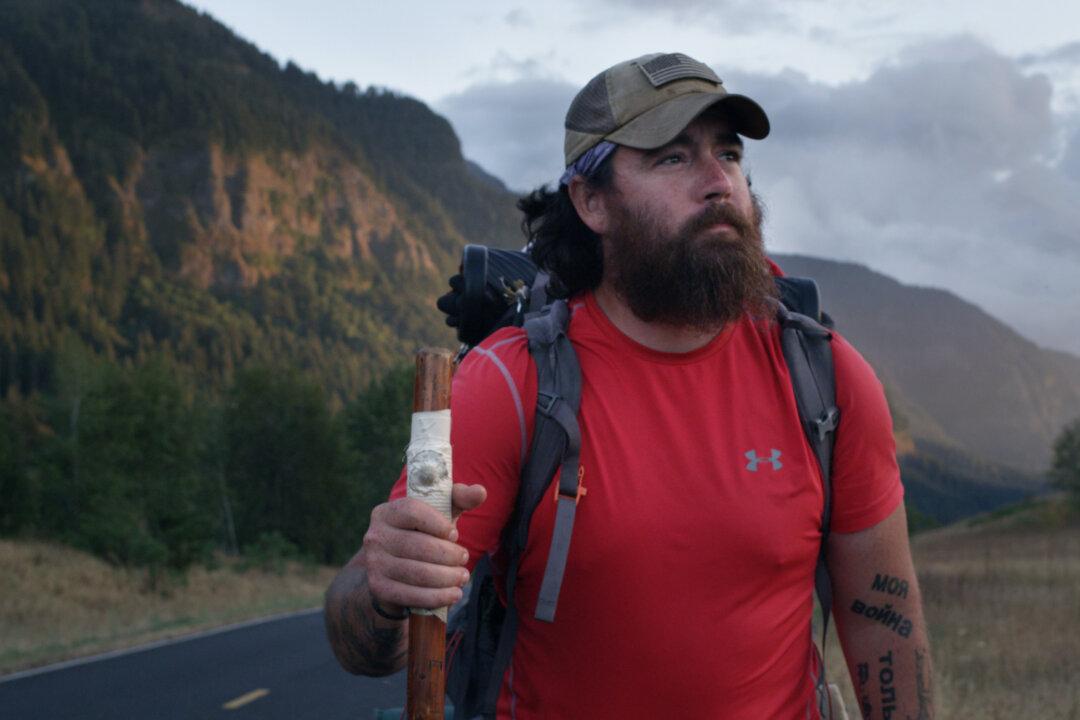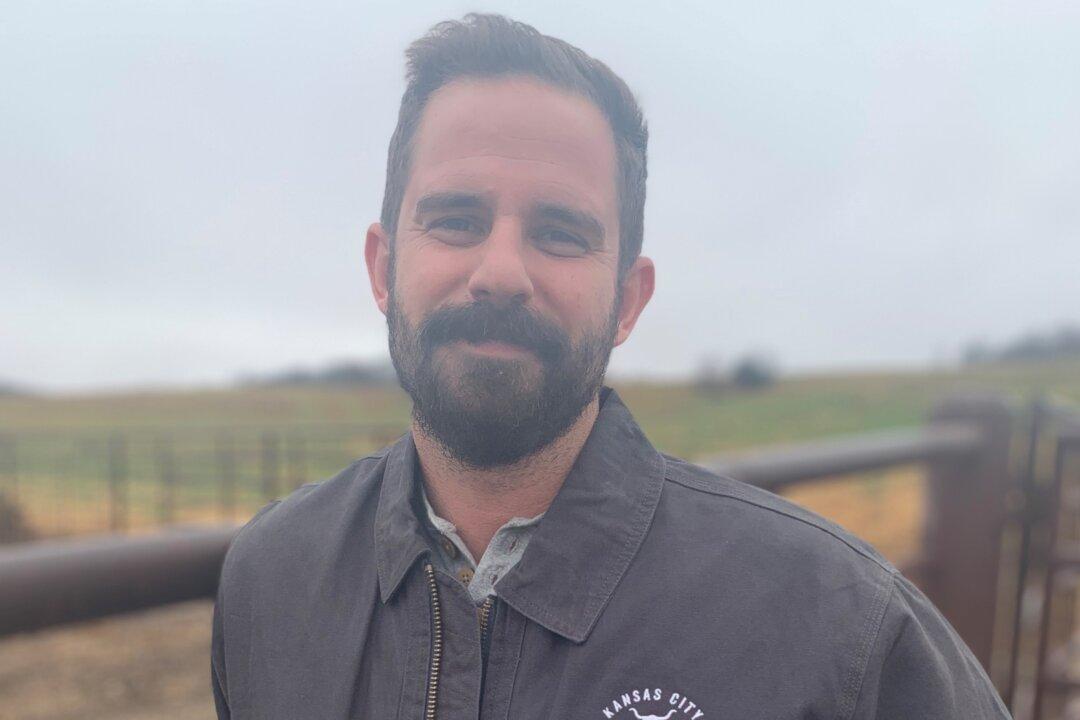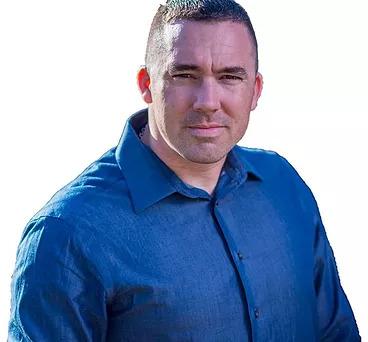NEW YORK–Many of our nation’s military veterans return home and experience Post Traumatic Stress Disorder, and struggle to contend with the condition. They are our neighbors, coworkers, family, and friends. Artist Susan J. Barron recently undertook a project to raise awareness about PTSD, and to try to help those who battle the condition.
Barron is an award winning artist, and when she found out that 22 veterans commit suicide every day, she felt compelled to do something. That’s when she decided to embark on a noble endeavor to create a gallery project called “Depicting the Invisible: A Portrait Series of Veterans Suffering from PTSD,” in an effort to bring awareness to the issue.






